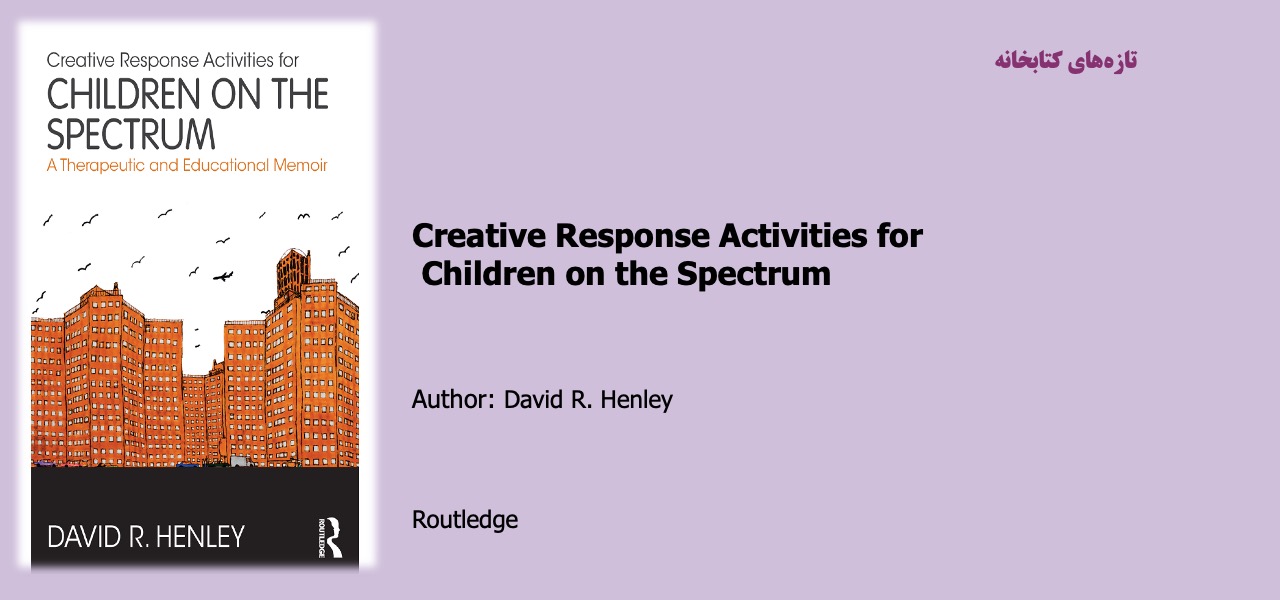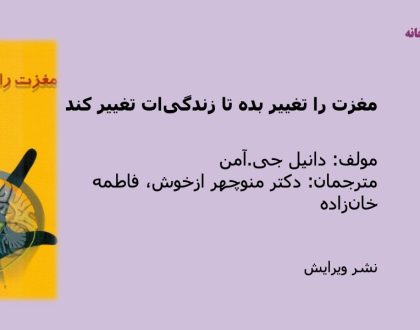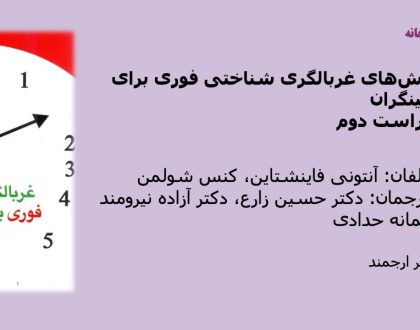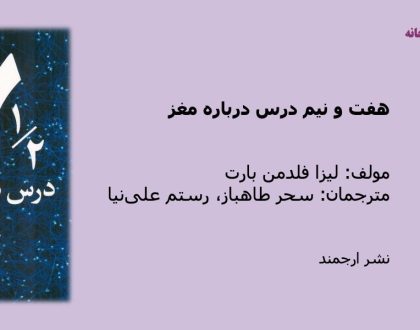Creative Response Activities for Children on the Spectrum

All of life’s experiences are ephemeral; they are mostly fleeting memories unless preserved in some concrete or virtual form which captures the moment’s resonance. Like the proverbial stone tossed into the pool, the expanding ripples reverberate into experiences that may otherwise be evanescent. Without ‘fixing them in time and space’ this energy eventually dissipates, losing its expansive power. Since time immemorial, humankind has responded to ephemerality by devising creative responses that attempt to record, reflect or commemorate experience through the arts and other activities. Thirty thousand years ago, shamans from the Aurignacian epoch crept deeply within the caves at Chauvet to draw and paint images of the animals with which they coexisted. Most of these monumental friezes focused on animals being hunted, and others seemed to magically ward off dangerous predators. Some subjects, however, appear created out of aweinspiration such as the two famous duelling woolly rhinoceroses, their enormous horns locked in a dramatic mating display. Others mix animal and human forms a handprint which might enter the spirit to become one with the horse, the deer or the ox. What is most fantastic is how each image is drawn with an intrinsic understanding of the animal’s behaviour, elegant and expressive, with lines and shading as masterful as any art in history. The artists, having crawled with great difficulty into the deepest recesses of the cave, must have imbued the drawings with magical, cultural and personal weight. The italicized term ‘weight’ alludes to the gravity of many of the works described in this volume—of how imperative they were. Shamanic paintings were not ‘casual’, but rather part of solemn rituals which were meant to ensure survival—the success of the hunt, feeding the clan and protection from harm required beckoning the totem spirits
مطالب مرتبط

مغزت را تغییر بده تا زندگیات تغییر کند
۱ / تیر / ۱۴۰۳

روشهای غربالگری شناختی فوری برای بالینگران
۱ / تیر / ۱۴۰۳

هفت و نیم درس درباره مغز
۱ / تیر / ۱۴۰۳

